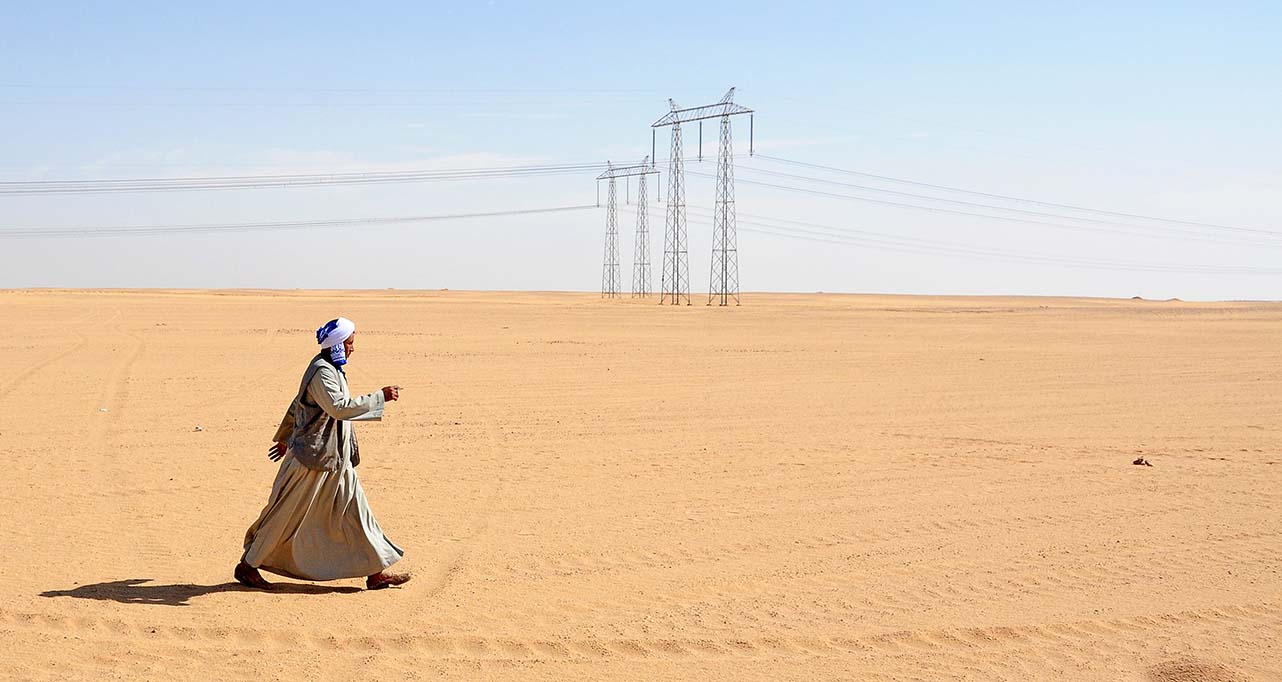Installation of critical systems and strengthening of existing structures marks important progress
One year after the New Safe Confinement (NSC) at Chernobyl has been moved into its final position more progress has been made in finalising the project financed by EBRD-managed funds. Installation of critical cranage, ventilation and control systems is nearing completion and the final stages of sealing the confinement to the old structure is underway. Extensive testing is already underway before the structure will be commissioned and handed over to the management of the Chernobyl Nuclear Power Plant (ChNPP).
Vince Novak, EBRD Director, Nuclear Safety, said: “Strong progress has been made in difficult circumstances. The work on the end wall took place in an environment of heightened radiation and we are very proud that it was finished without any accidents and negative impact on the workforce. Meanwhile the installation of the ventilation system and the high-tech crane create the preconditions for future decommissioning operations. While we are pleased with what has been achieved, more remains to be done and we are fully committed to finish the job safely and on cost and schedule.”
The end walls serve as a partition between the contaminated areas around reactor 4, destroyed in the 1986 accident, and the remaining turbine hall, housing reactors 1, 2 and 3. The work was performed by Ukrenergomontazh. The wall strengthens the existing facilities and will seal the New Safe Confinement from the environment and prevent the spread of radioactive materials to clean areas.
The technology building will serve as the command centre of the NSC from which day-to-day operations of the structure as well as future decommissioning works will be guided. A crucial role in this will fall to the crane system, which has been installed just below the ceiling of the arch. With a bridge length longer than a Boeing 777 and a lifting capacity of up to 50 tonnes, the fully-automated system will allow for the future dismantlement of reactor 4 in a hermetically sealed environment.
The ventilation system is an integral part of the NSC and of critical importance to prevent corrosion and thus guarantee the planned lifespan of 100 years. A relative humidity of no more than 40 per cent will keep the metal structure free or corrosion, while pressure differentials will prevent the release of radioactive dust and other particles.
The New Safe Confinement is 108 metres high and 162 metres long, and has a span of 257 metres and a lifetime of a minimum of 100 years. The arch-shaped structure weighs some 36,000 tonnes. Its frame is a huge lattice construction of tubular steel members, supported by two longitudinal concrete beams.
It provides a safe working environment for the future dismantling of the shelter and waste management after the completion of the NSC. It is designed to withstand temperatures ranging between -43°C and +45°C, a class three (one million year) tornado, and a Richter scale six earthquake.
Testing and handovers of components and systems are in progress. The final handover to the ChNPP management is expected in the first half of 2018.
The New Safe Confinement is part of the Shelter Implementation Plan to transform Chernobyl into an environmentally safe and secure environment. It is expected to cost €2.1 billion and is funded by contributions from more than 40 countries and organisations. The EBRD to date has provided €715 million of its own resources to support Chernobyl projects including the New Safe Confinement.



